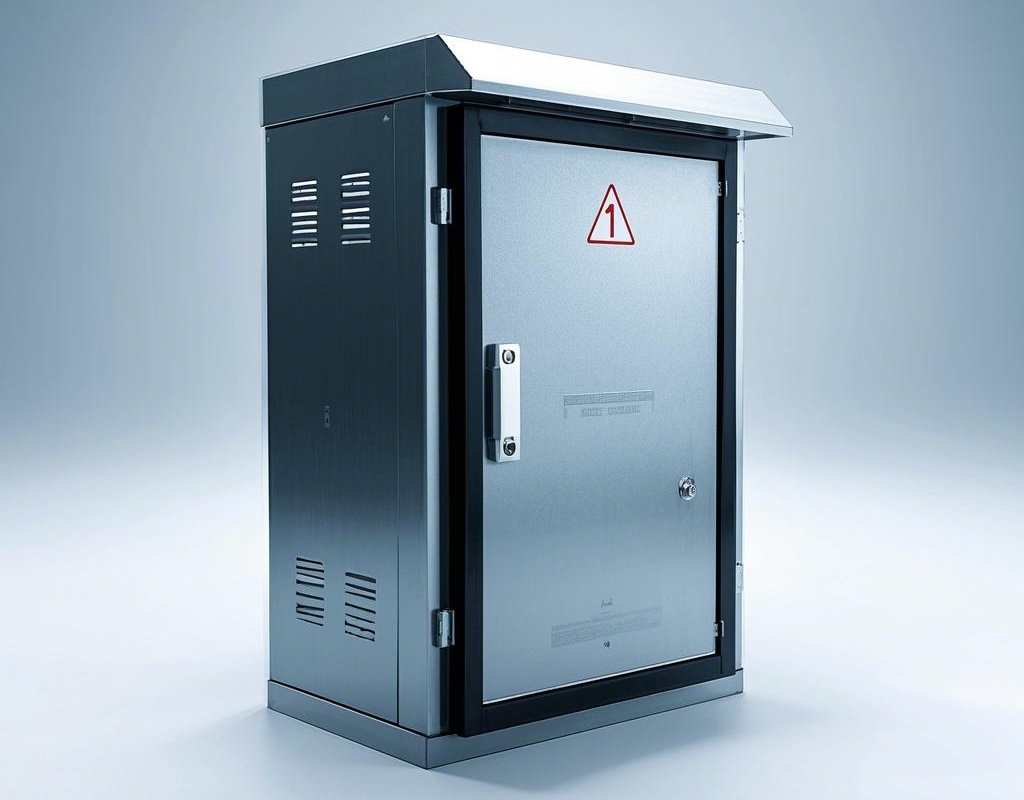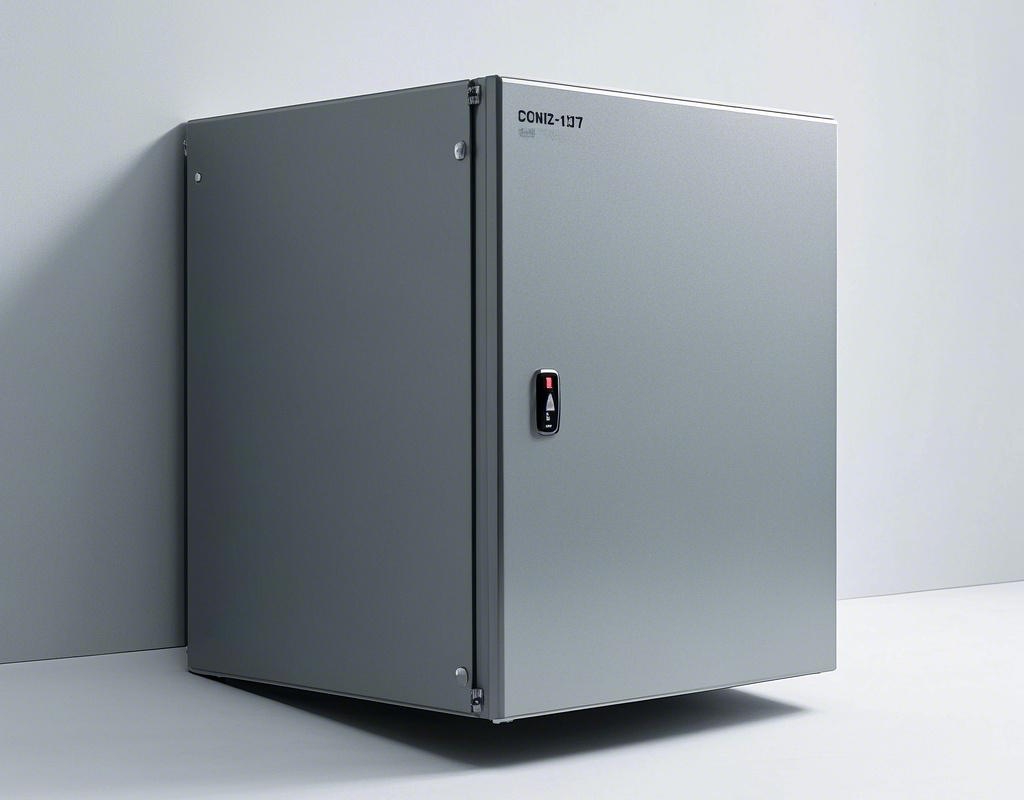
Creating an airtight electrical box can prevent drafts, protect wiring, and improve energy efficiency.
Sealing an electrical box requires appropriate materials and techniques for an effective airtight solution.
Proper sealing techniques ensure durability and eliminate air leaks effectively.
How do you seal an electrical box?
Sealing an electrical box can help minimize air infiltration and improve safety.
Use foam gaskets, caulk, or electrical putty to seal gaps effectively.
When sealing, ensure all openings, including unused knockouts, are addressed to achieve complete airtightness.
Common Techniques for Sealing
-
Foam Gaskets\
These are designed to fit behind switch or outlet covers, forming a barrier that blocks airflow. They are simple to install and cost-effective. -
Silicone Caulk\
Caulk is ideal for sealing around the edges of the electrical box where it meets drywall. Use paintable varieties for a clean finish. -
Electrical Putty (Duct Seal)\
This is a moldable material used to fill irregular gaps, like those around wires entering the box. It is reusable and highly durable.
| Material | Best Use | Cost | Durability |
|---|---|---|---|
| Foam Gaskets | Behind outlet/switch covers | Low | High |
| Silicone Caulk | Box-drywall edges | Moderate | Moderate |
| Electrical Putty | Wire entry points, knockouts | Low | Very High |
How to stop air leaks around electrical outlets?
Air leaks around outlets are a common issue in homes.
Install pre-cut foam gaskets and seal gaps with caulk to stop air infiltration.
Be sure to turn off the power before beginning and use non-conductive materials for safety.
The Importance of Outlet Sealing
Many homes lose significant heat or cool air through small gaps around outlets. Here's a step-by-step guide:
-
Turn Off Power\
Always prioritize safety by switching off the breaker before starting. -
Install Foam Gaskets\
Unscrew the outlet cover, place the gasket over the box, and reattach the cover. -
Seal Gaps with Caulk\
Apply a thin bead of caulk around the edges for extra protection. Wipe off any excess for a neat finish.
Safety Note
Never block the ventilation openings of heat-generating outlets or devices like dimmers.
How can I seal the open knockouts in my electrical box?
Open knockouts in electrical boxes are a source of air leaks and may allow pests inside.
Cover open knockouts with knockout seals or fill gaps with electrical putty.
These solutions ensure compliance with safety codes and enhance energy efficiency.
Managing Open Knockouts
Knockouts are pre-punched holes designed for cable entry. When not in use, they must be sealed:
-
Knockout Seals\
These are metallic or plastic caps that snap into place, offering a durable seal. -
Electrical Putty\
Perfect for irregularly shaped or hard-to-reach knockouts, as it can be molded to fit. -
Testing for Air Tightness\
After sealing, test for air leakage using a smoke pencil or incense stick near the box.
| Method | Ease of Installation | Reusability | Cost |
|---|---|---|---|
| Knockout Seals | Very Easy | No | Low |
| Electrical Putty | Moderate | Yes | Low |
What is an airtight electrical box?
An airtight electrical box is specially designed to eliminate air leaks.
It has built-in seals or gaskets that block airflow, improving energy efficiency and safety.
Such boxes are often required in energy-efficient or "green" building designs.
Choosing Airtight Boxes
Here’s what to look for in an airtight electrical box:
-
Built-In Gaskets\
Some boxes come with integrated foam or rubber seals, which make them inherently airtight. -
Compatibility\
Ensure the box size and configuration match your wiring and outlet needs. -
Benefits\
Airtight boxes contribute to better insulation performance and comply with advanced energy standards.
Pro Tip
Always pair airtight boxes with sealed wiring entry points to maximize effectiveness.
| Feature | Benefit |
|---|---|
| Built-In Seals | Eliminates need for extra materials |
| Durable Construction | Long-term reliability |
| Energy Efficiency | Reduced utility costs |
Conclusion
Sealing an electrical box isn’t just about stopping air leaks—it improves energy efficiency, safety, and comfort. Choose the right materials and methods for the best results.



